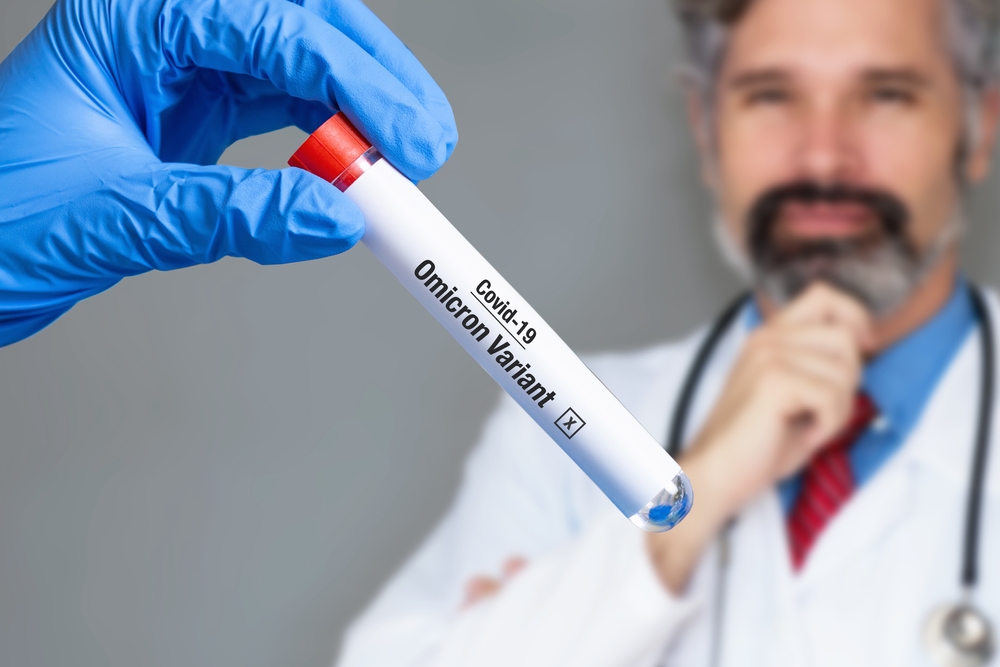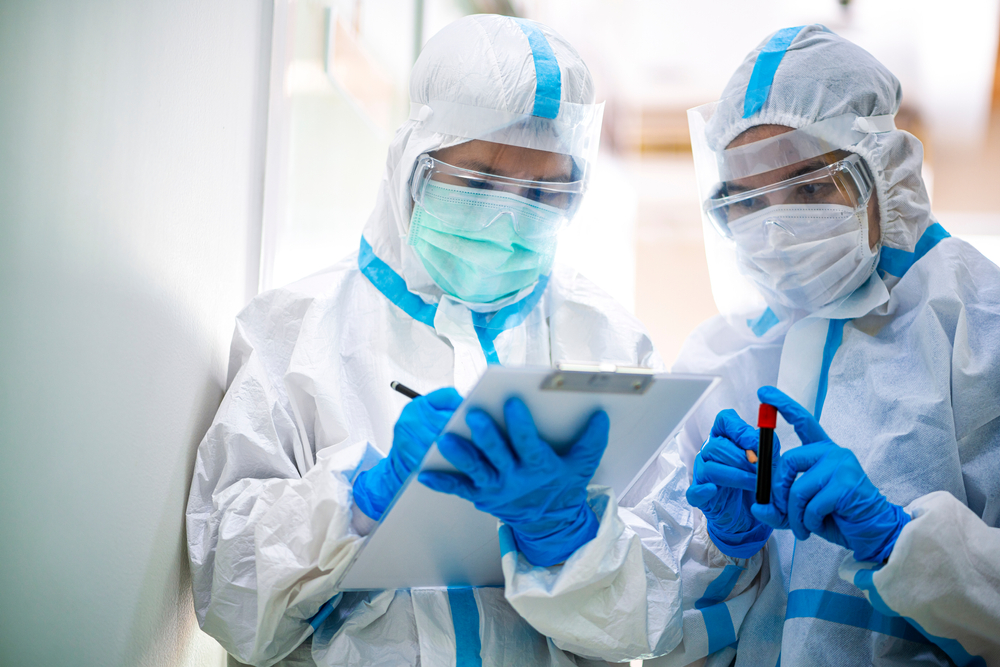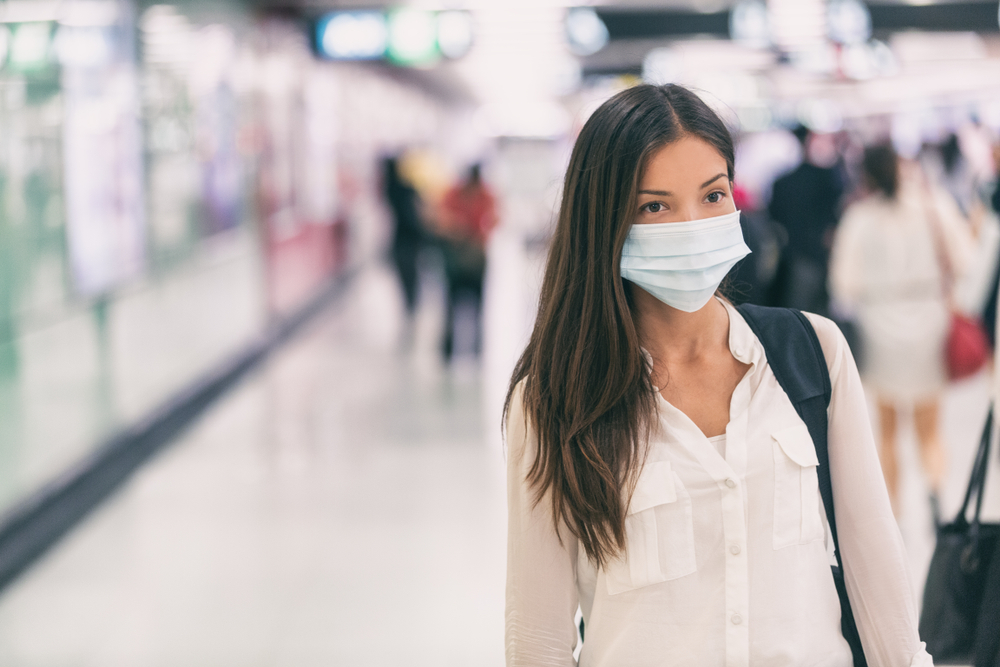Published December 19, 2021 in npr
By ALLISON AUBREY
And so it begins, another COVID holiday break. If you’ve got teens or college kids at home, they may shrug their shoulders at the idea of taking more precautions amid the rising omicron threat.
“Covid is becoming endemic,” my son told me. “We’re all vaccinated and we’ve just got to live with it.” And he’s not alone. Data from the COVID States Project shows many people have relaxed their behaviors and are taking fewer precautions compared to last spring.
But, if apathy greets omicron at the door, the surge will put lots of people at risk — including older friends and relatives who are vaccinated. So, how best to communicate this to your kids?
Here’s the conversation I had with my sons: I did not want to create tension or spoil the festive holiday mood. But, my goal was to lay down a few ground rules aimed at limiting contacts – after all teens and college age kids live for hanging out with their friends – before we travel to see family over the holidays, including my parents.
Sensing I was at risk of being dismissed, I pulled a mom hack: “Do you love your grandma?” I asked my sons. One of them responded with a “what kind of question is that” look. He is a college freshman, and even as boys become men they melt at the mention of grandma.
“Your grandma was born in 1944. She’s 77. And your grandpa will be 80 next year,” I spelled out. Then I asked if they realized that their grandparents risk of dying from COVID – even though they’re vaccinated – is nearly 13 times higher than the overall vaccinated population.
Hmm. No, they hadn’t been aware. I also pointed out that more than a 1,200 people are still dying every day in the U.S. from COVID. Many of us have become inured to the death toll, so here’s a fresh way to consider the rising risk of omicron.
The vaccines are less protective against this new variant. In fact, a report from the CDC finds 79% of early infections from omicron, were in fully vaccinated people. And while getting boosted shores up protection, breakthroughs are still very possible.
Hospitals are already seeing omicron patients – one hospital in Houston says omicron already accounts for about 45% of its COVID cases (among hospitalized and outpatients). And, infectious disease expert Peter Hotez anticipates the U.S. could hit a million COVID deaths by spring, thanks to omicron. “We’re going to get a one, two, three punch,” Hotez says.
The three punches are the ongoing delta surge, the new omicron surge and then the fact that a lot of vaccinated health care workers will get knocked out of the workforce, because they have to stay home sick. “And I think that’s going to produce a lot of instability,” he says.
So, as teens, college kids and families gather and travel and open their homes to guests from far and wide, chances are omicron is hitching a ride to many of our family gatherings.
“Can you imagine giving your grandparents omicron?” I asked my son, to wrap things up. Usually, fear isn’t the healthiest tool a parent has to motivate their kids. But, by the time kids are in college, moms no longer have as much control, so perhaps – in this situation – it’s justified by the good intentions.
So, here are my five asks for my kids for behavior this week and during the holidays. They might work for yours too.
1. Tighten your social circle
If you want to protect elderly relatives, you have to begin taking steps one week before a family gathering. “It’s not just about what you do when you’re hanging out with grandma. It’s also about what you do in the days before,” says Dr. Emily Landon, an infectious disease specialist at the University of Chicago who has advised students on campus.
“Try to avoid having too many contacts with other people outside of your circle,” she says. Save up your unmasked, close contacts for the family gathering, so there’s less chance of introducing the virus. Remember, omicron appears to be at least two times more transmissible than the delta variant that is still causing nearly 120,000 infections a day.
2. Get boosted right away
The evidence is becoming clear that the current vaccines are less effective against omicron, and fully vaccinated people are at risk of infection from the variant. But recent data from the U.K. shows that a booster shot can shore up protection.
“Our booster vaccine regimens work,” Dr. Anthony Fauci, the nations’ top infectious disease advisors said at a White House briefing recently. He showed a slide that depicted waning immunity in the months after receiving the second dose of an mRNA vaccine. “But when you get the booster, it increases to 75% effectiveness against symptomatic disease with a booster dose,” Fauci said.
3. Layer on protections based on the risks of your family members
The extent to which you modify your plans and behaviors should be informed by the risks of the people you’re gathering with this holiday. “You have to think about the risk of the individuals involved — about what would happen if they got COVID,” say Landon. If grandparents are 70 and healthy, the risks are lower than if they’re 80 or immunocompromised.
Steps you can consider to lower the risks of transmission include spending time outdoors — if weather allows — and increasing the airflow inside by opening windows or circulating air because this helps disperse any potential viral particles. In poorly ventilated space, virus particles can build up in the air over time.
Some other layers of protection to consider, Landon says, include masking around elderly relatives and limiting time in their homes. “Maybe you choose to not sleep over at grandma’s house, but just come to grandma’s house during the day for the big event and stay at a hotel,” Landon says.
4. Be careful when you travel – mask up
Airlines do a good job filtering air inside the aircraft cabin, but there are so many other points of exposure during a trip. As travel has picked up, so too have the crowds and lines at security, bathrooms and restaurants. During a recent trip through BWI, I watched people packed into Starbucks like sardines. And once you’re sipping coffee, or eating, the masks end up coming off.
Landon’s advice: Limit your time in the crowded spaces and maybe opt against eating in the busy restaurant. Remember, breathing in the air that an infected person just breathed out is how the virus spreads. “It’s about sharing air,” Landon says. “You get into that space and the room is full of it.”
So, since we don’t know whether the people next to us in a train car, a bathroom, or restaurant are infected, it’s best to keep our distance and stay masked up. “Masks are essential,” Landon says.
Try to wear a high-filtration mask like an N95
5. Take a rapid test — or two
Before socializing indoors with extended family, consider taking an at-home test. There’s more than a dozen brands of rapid antigen tests available.
“A rapid antigen test is an added layer of protection for everyone,” Judy Guzman-Cottrill, a pediatric infectious disease expert at Oregon Health and Sciences University, told NPR.
But remember, “the antigen tests are a quick snapshot to see if the viral proteins are present in that person’s nose that day,” explains Guzman-Cottrill. So, if a person was just exposed and the virus is still incubating, they could get a negative result one day followed by a positive result the next day.
The tests are not 100% reliable if someone has just been exposed, she recommends taking the test the morning of the gathering, or as close to the start of the gathering as possible.
Some families test before they travel, and then again when they get to their destination, depending on the level of risk of people they’re staying with. (Note: depending on which test you buy, instructions vary. For instance BinaxNOW instructs that people should be tested twice over three days with at least 24 hours between tests for most accurate results.)
And Guzman-Cotrill says, though we now face a new variant with omicron, it’s not a new disease.
“We have to remember the multiple safety measures that we’ve all been following because those will protect us from both delta and omicron.”




